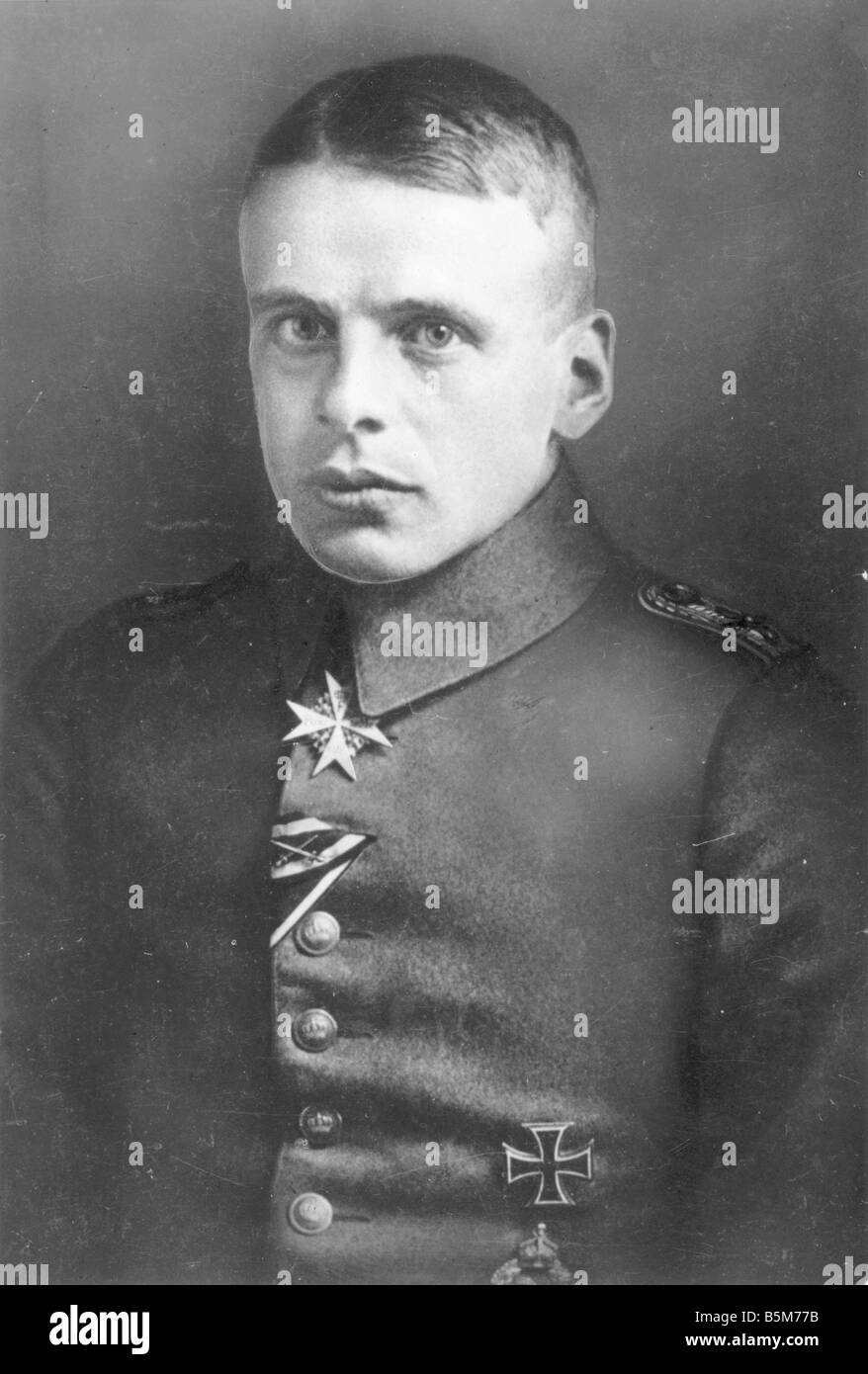
“So there’s always risk mitigation going on any time we fly anything. “As pilots we’re always taught to respect the limits of whatever machine we happen to be in,” Hammond said. The aerodynamic performance capabilities of these planes obviously aren’t as sophisticated as today’s aircraft. Is there anything inherently more dangerous about flying these old airplanes – versus a new plane that’s designed to perform complex aerobatic maneuvers? “When we’re up there in these 100-year-old airplanes, you can absolutely think about what it would have been like to have been in that situation on the Western Front in 1917 and how those guys must’ve felt in terms of kill or be killed,” Hammond said. Those who downed five or more enemy aircraft won the right to be called “aces.” This was the war when pilots started counting their kills. The longtime fighter pilot tradition of keeping score began in World War I.

You’re hearing and seeing and smelling everything that goes on with that airplane. “You’re wearing a helmet and goggles and the wind’s blowing against your cheeks. It’s literally in your face,” said museum Vice President and Chief Pilot Clay Hammond.

It’s more like a pilgrimage to be a part of something unique. A team of FAA-certified drone pilots flew their unmanned aerial vehicles in concert with aerodrome pilots, capturing breathtaking video of their aerobatic skills.įor the pilots who come to Old Rhinebeck to fly these planes, this is not a job. The experience of flying vintage biplanes ‘in the moment’ĬNN’s drone production team, CNN Air, recently documented some of the museum’s World War I-era fighter planes re-enacting dogfights at Old Rhinebeck Aerodrome. Often the air war became crude and personal, as enemy pilots flew so close to each other they could see each other’s facial expressions – or hand gestures. Pilots had to master dangerous, difficult-to-control machines and were pitted against one another in close combat. Pilots flew essentially totally exposed in open-air cockpits affected by wind, rain, and of course, enemy fire. That’s not too hard to believe when you watch these fragile airplanes in action. More than 15,000 pilots died during the war. In those days, many considered duty as a combat pilot a virtual death sentence. Watching these planes fly is all the more fascinating when you realize that World War I started just about a decade after the first flights by the Wright brothers, making it the first major conflict involving the large-scale use of aircraft.

Take a turn off picturesque Stone Church Road, cross a foot bridge and you’re jumping back 100 years to a time when airplanes were made of wood and fabric held together by a bit of wire – and not much more. Located just two hours north of New York City, the Old Rhinebeck Aerodrome in New York’s Hudson Valley boasts around 60 vintage biplanes – including reproductions of the famed SPAD VII and the classic Sopwith Camel. 360° Experience: Fly in the WWI fighter planesĪs historians mark exactly a century since the end of World War I, a group of pilots take to the air in a museum’s vintage airplanes, bringing a bygone era back to life.


 0 kommentar(er)
0 kommentar(er)
